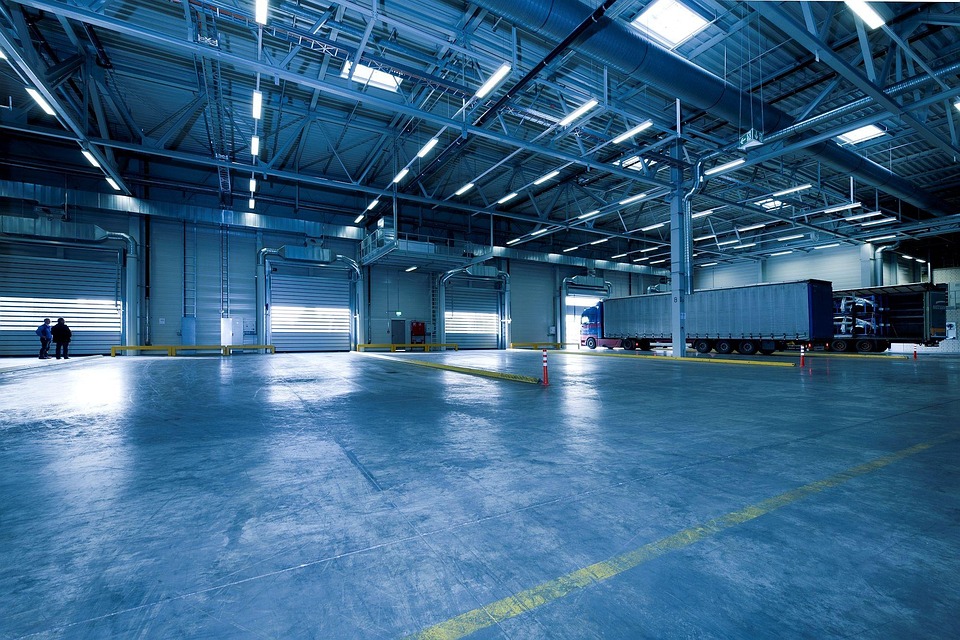
How to Choose a Reliable輸出代理店Company?
When selecting an agency, the following factors should be examined closely:
- Industry Experience:Prioritize agencies with proven export cases in the tableware category (it is recommended to request documentation from the past two years).輸出通関Single copy
- Certification:
- AEO-certified enterprise by Customs
- International freight forwarding qualification (FIATA membership preferred)
- Service Network: Confirm the customs clearance capability at the destination port; in particular, for Europe and the United States, prior FDA registration and filing experience is required.
What qualification documents are required for exporting small bowls and plates?
Basic documents include:
- Business License of the Manufacturing Enterprise and Certificate of Import and Export Rights
- Product Material Test Report (Focus on Lead and Cadmium Migration)
- Declaration of Conformity (DOC)
Depending on the requirements of the destination country, the following may be needed:
- EU: LFGB Food Contact Materials Certification
- United States: FDA Food Contact Notification (FCN)
- Japan: JFSL 370 Food Sanitation Law Compliance Certificate
輸出代理店What are the specific steps involved in the process?
- Preparation Phase:
- Product Compliance Pre-Check (recommended 6 months in advance)
- Trade Terms Confirmation (FOB/CIF recommended)
- Execution Phase:
- Booking and container-loading plan formulation (pay special attention to the special packaging requirements for irregular-shaped tableware)
- Preparation of customs declaration documents (special attention required for HS code classification)
- Follow-up services:
- Abnormal handling at destination (if damage rate exceeds 2%, the claims procedure must be initiated)
- 輸出稅還付Assist (the current VAT refund rate for ceramic products is 13%)
What items are typically included in agency fees?
Standard Fee Structure Example:
- Basic service fee: 0.8%–1.2% of the cargo value (minimum charge: RMB 3,000 per shipment)
- Value-added service fee:
- Preparation of Special Documents: USD 800–1,500 per copy
- Destination port duty payment on behalf: 0.5% of cargo value
- Risk deposit: 10% of the goods' value (refundable)
Which shipping methods are suitable for exporting small bowls and plates?
- LCL sea freight: Suitable for cargo under 10 cubic meters (note moisture-proof handling)
- 鉄道輸送: The China-Europe Railway Express is 40% faster than sea freight (enhanced anti-seismic packaging required)
- 空輸: Urgent orders are recommended to be shipped in batches (gross weight per piece not exceeding 32 kg)
How to guard against risks in international trade?
- Payment risk:
- New customers are advised to use LC payment.
- Apply for export credit insurance (premium rate approximately 0.3%-0.8%)
- quality dispute:
- Retain third-party inspection reports
- Include a clearly defined quality-dispute period clause (recommended 30–60 days).
What are the new trends in current tableware exports?
- Growing demand for eco-friendly materials (bamboo-fiber tableware exports up 25% YoY)
- Smart Packaging Applications (RFID traceability tags have become an entry requirement for high-end retail outlets)
- Increase in the proportion of small-batch customized orders (it is recommended to establish a flexible supply chain)
How to solve common customs clearance issues?
- Customs Classification Dispute:
- Apply in advance for a pre-classification ruling (takes about 15 working days)
- Prepare detailed production process instructions
- anti-dumping investigation:
- Follow the progress of the EU's sunset review on ceramic tableware from China
- Application for Market Economy Status Determination
How to evaluate the quality of proxy services?
- Key Performance Indicators:
- Documentation Accuracy Rate (target: 98% or above)
- Customs clearance time (under normal circumstances, within 3 working days)
- Incident Response Speed (Provide a solution within 2 hours)
- It is recommended to conduct a service review every quarter.


 カスタマーサービスWeChatをフォローしてください
カスタマーサービスWeChatをフォローしてください